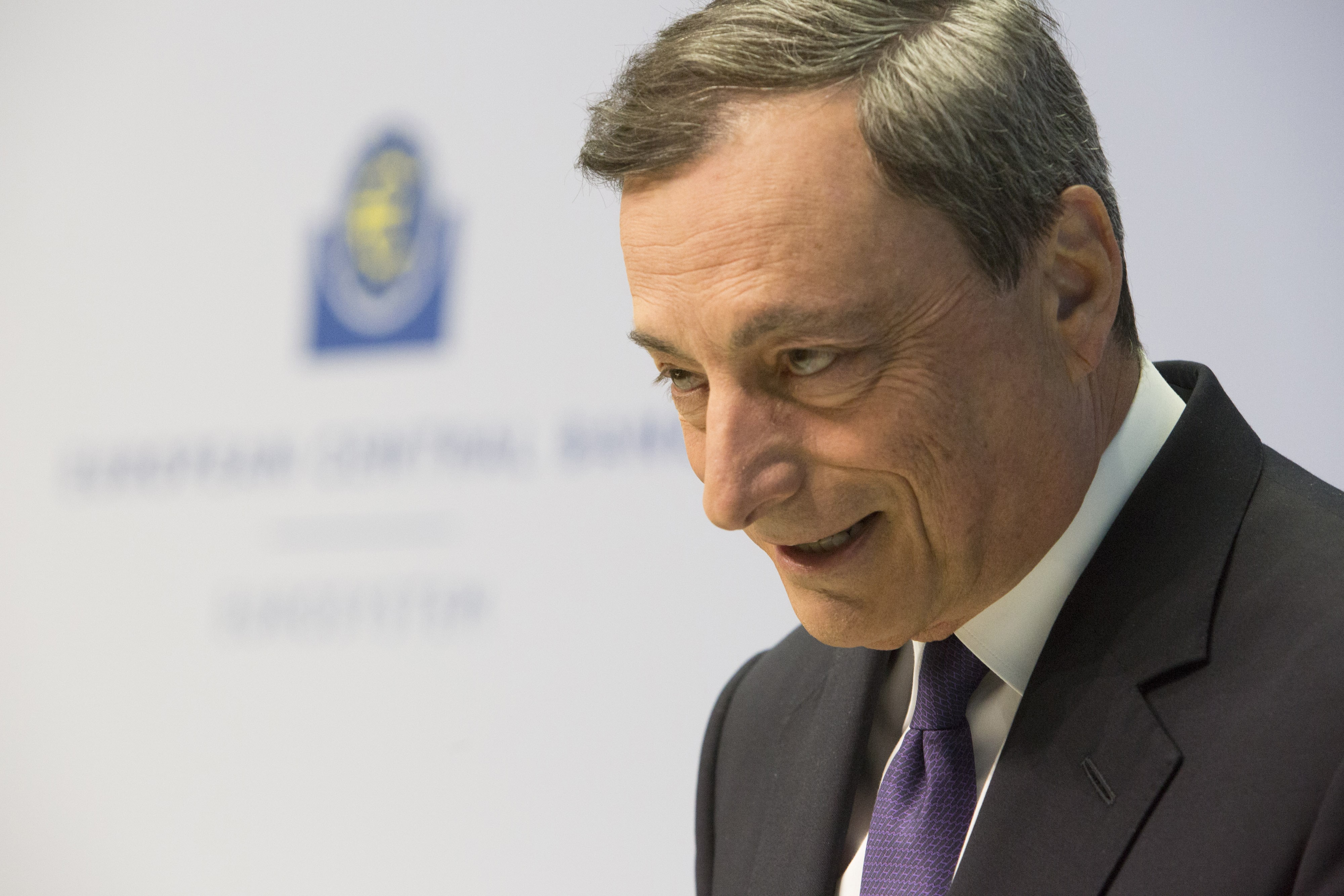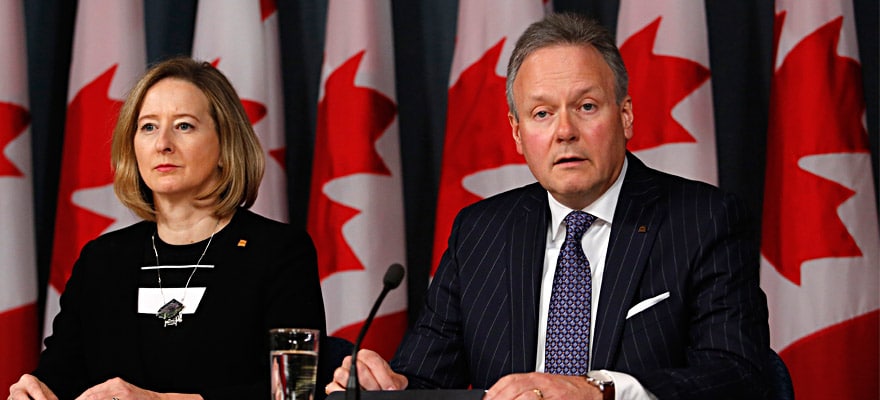In recent months we have seen the euro return to strength after its hefty decline since the first genuine speculation of a QE program began back in May 2014. On the 13th of March the EUR/USD made a low of 1.0462, this was the lowest level since January 2003. Since then the pair has made two higher lows on the daily chart, which from a technical standpoint indicates a medium-term uptrend. Since making that low the EUR/USD has rallied 10 points to hit a high of 1.1467 on May 15.
The recent upward movement in the euro was caused by a combination of factors, including a bout of US weakness in March and April which saw EUR/USD short positions liquidated on mass. But at the heart of this euro strength: increasing inflation expectations.
On Tuesday, June 2, CPI from the Euro-zone showed the first positive reading since November 2014. Annual inflation was at 0.3% while the core reading, excluding food and energy prices, was at 0.9%. This is an important development for the Euro-zone as it implies that the ECB's massive quantitative easing program is having its desired effect.
On Wednesday, June 3, at the ECB press conference, President Draghi said that he was not surprised by the recent up-tick in inflation, as although it beat market expectations, it was in line with the ECB's own forecasts. He added that recent data had "strengthened the governing council's conviction" in the size of the bond-buying plan and its previous monetary policy initiatives. This shows that the ECB believes its QE program is working and that inflation will trend higher over the rest of the year: "The full implementation of all our monetary policy measures will provide the necessary support to the economic recovery in the euro area and lead to a sustained return of inflation rates towards levels below, but close to, 2 percent in the medium term," Draghi said.
Where Is the Market Going?
The latest ECB forecasts show inflation at 0.3% in 2015, 1.5% in 2016, and 1.8% in 2017. Meanwhile, growth is expected to hit 1.5% this year, before rising to 1.9% in 2016 and 2% in 2017.
The positive euro sentiment from the inflation data was augmented the following day, on June 3, when the unemployment rate in the Euro-zone showed a drop to 11.1%, marking the lowest level since 2012. In a 3-day period between June 2 and 4, the EUR/USD rallied over 460 pips. The 48-hour rally from the 2nd-3rd marks the biggest 2-day rally since March 2009. This sudden and aggressive rally in the euro was connected to correlations in other financial markets; European fixed income and Equities were sold heavily.
Suspicions by market participants that inflation has bottomed in the Euro-zone caused many investors who bought bonds and equities ahead of the ECB to take profits on their trades, well ahead of any hints from the ECB that stimulus might end. The gradual increase in inflation outlooks also causes buying euro, not only due to the obvious factors of an eventual tapering to QE and tightening of policy, but also because many of these bond and stock positions were taken by foreign investors who had to hedge their euro long positions by shorting euros in the FX market; these hedges must also be unwound. It is this general reversing of bearish bets on European instruments that has exacerbated euro's rally.
On June 4 we saw yields on the German 10-year extend their rally, being halted by the 1% psychological level - up over half a percent in 4 days. Meanwhile, we've seen euro shorts closed in the currency futures market, which can serve as the only reliable proxy for positioning in the spot market. Over 45,000 speculative short Euro futures contracts have been liquidated since mid-April; Speculative short futures positions dropped from 261k to 215k, as of the end of May.
Hit the Grexit?
Persistently bubbling away in the background over the last several months (years) has been the issue of a potential Greek default. It is a quarter to midnight for the Greek talks, and should a resolution not be reached within the next few weeks, Greece will almost certainly be unable to make its Payments worth billions to bondholders and the IMF. Chatter continues from various news sources, often the tone is the same; although talks between Greek officials and creditors have progressed, there is still a large gap between both parties.
Any conclusive solution of this situation could see the euro shooting in either direction. A finite resolution will see a massive rally on the back of optimism, whereas a default and departure from the monetary union by Greece will see euro fall - and this drop may be sustained for weeks. The tentative deadline to reach a deal is now June 14.
The recent appreciation of the euro may be a little exaggerated, since as Draghi himself said at the recent press conference, "We still have a long way to go." Essentially nothing major has fundamentally changed; no monetary policy changes are expected in the near term. The European economy is still weak and the euro is still arguably the weakest of all the major currencies. As such, the medium to long-term risk remains to the downside.
The EUR/USD encompasses two of the most divergent monetary policies out of all the major currencies and this should see it continue to weaken in the long-term, provided the Fed stays on track for a rate rise this year and a miracle solution does not appear for Greece. There is still extreme short positioning in the euro which means further liquidations can cause a severe rally, however, given the current environment the euro is still a bearish currency in the long-term.
This article is part of the FinanceMagnates Community project. If you wish to become a guest contributor, pleaseapply here.






















